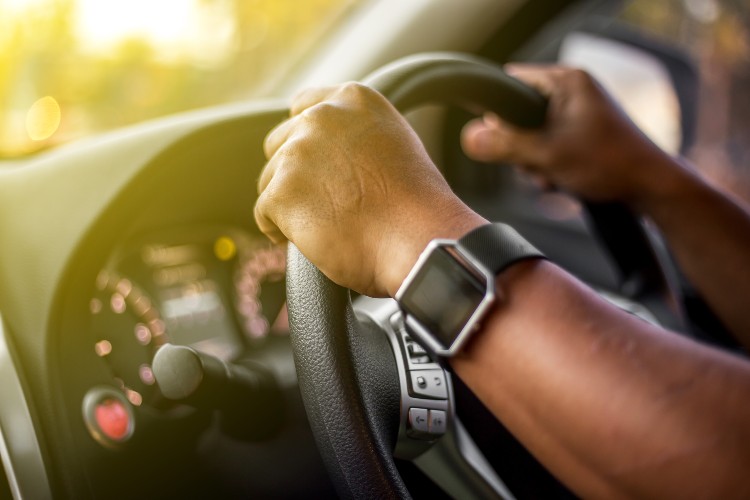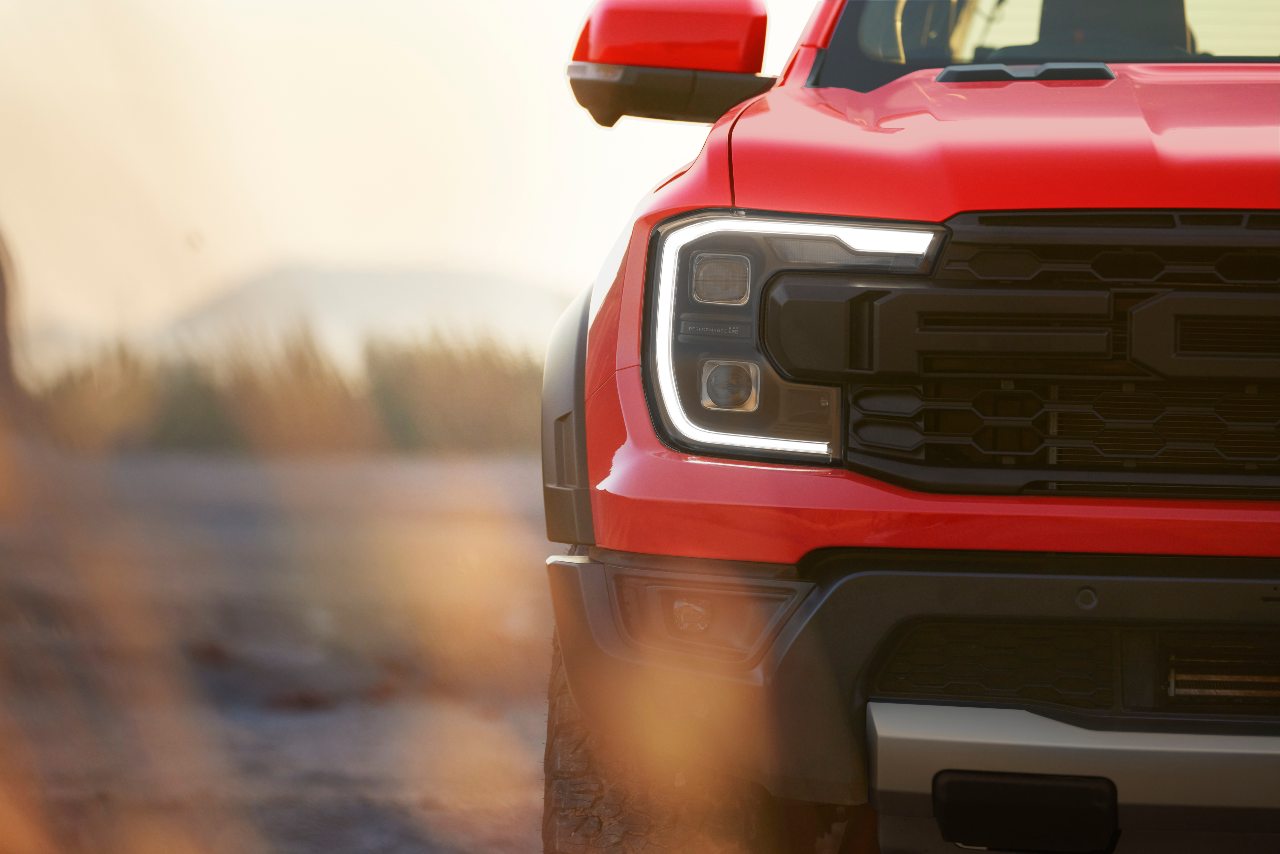Are you new to operating a commercial vehicle? Well, whether you're an old or new van driver, you should really know the following things like the back of your hand! Vanarama's Laura Day reports.
Whether it's organising the correct insurance, holding the proper licence, parking or unloading, it's important to be up to date on all the rules that govern the road so you don't get caught short and can keep your business successfully up and running.
1. A correct licence for your van**
A standard UK car driving licence covers light commercial vehicles – and that's anything that weighs up to 3,500kg. On top of that, you can also tow an additional 750kg with a trailer.
If you want to drive a van weighing between 3,500kg and 7,500kg, (or tow heavier trailers), you will need to add higher categories to your driving licence, e.g. if you wanted to drive a lorry, minibus or bus.
2. The legal limits on how long you can drive for
Did you know there are specific rules governing the number of hours you can drive and when you have to take breaks?
Well, these rules only apply to you if you drive your van for commercial purposes more than four hours per working day. And the maximum number of driving hours per day is actually 10 hours.
So, the moral of the story is: if you're driving these long distances daily make sure you're careful and always take a break!
3. Check insurance and MOT
Vans need an MOT test just like any other vehicle after their third year of registration. But, all of our vans are brand-new, meaning if you opted for a 3-year lease you wouldn't have to pay for a single MOT, because you would hand it back to the funder before it required one. Handy, right?!
When it comes to insurance, remember that you'll need a fully comprehensive van insurance policy. And don't worry, we can help you there too…head over to our insurance page and check out what we can offer you and your business.
4. Be careful where you unload**
Designated loading bays are a safe bet for loading and unloading your van if you can find one. Note that these are painted on the street as a white rectangle with markings saying "loading". They will also have signs with specific restrictions so watch out for them too.
Be careful of double yellow lines when you're loading or unloading your van. Double yellow lines mean no loading at any time, while a single yellow line means no loading during the times specified on the relevant signage. So, keep your eyes peeled you don't want to be caught out.
5. Check your speed limit
Vans have specific speed limits. The changes are only minor to the regular car speed limits, but do be aware of them! Here's all you need to know:
VANS
Built-up areas : 30mph
Single carriageways : 50mph
Dual carriageways : 60mph
Motorways : 70mph
The speed limit for vans drops by 10mph on single and dual carriageways, while the other two limits (for motorways and built-up areas) stay unchanged.
So, now you know the rules…you should be well on your way to driving safely and legally all day, every day.
Enjoyed this article? Why not check out our latest van leasing deals




